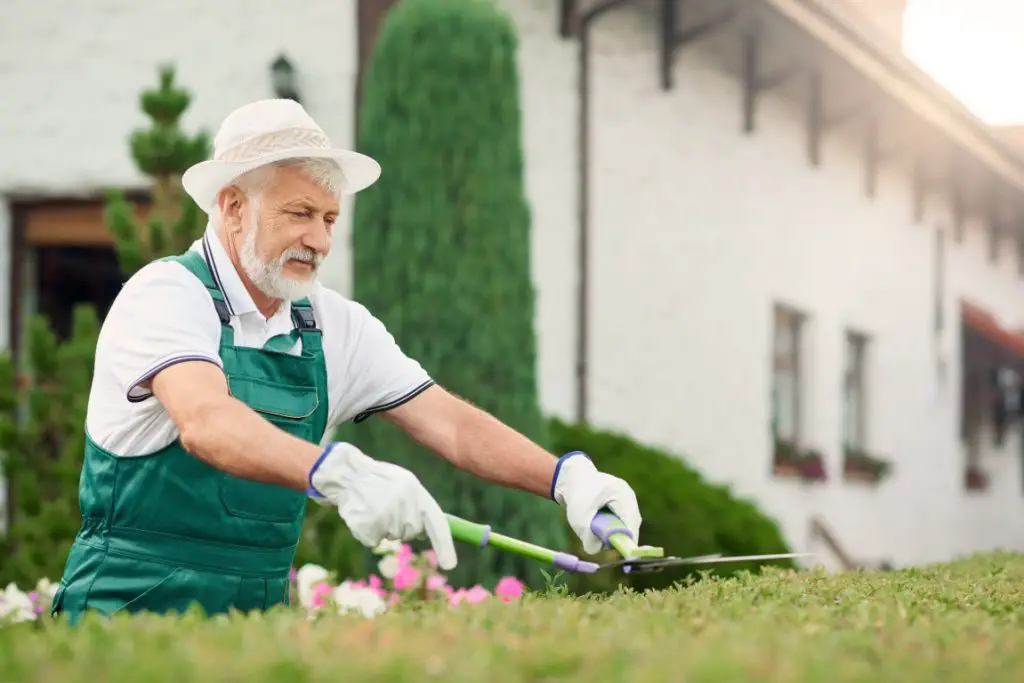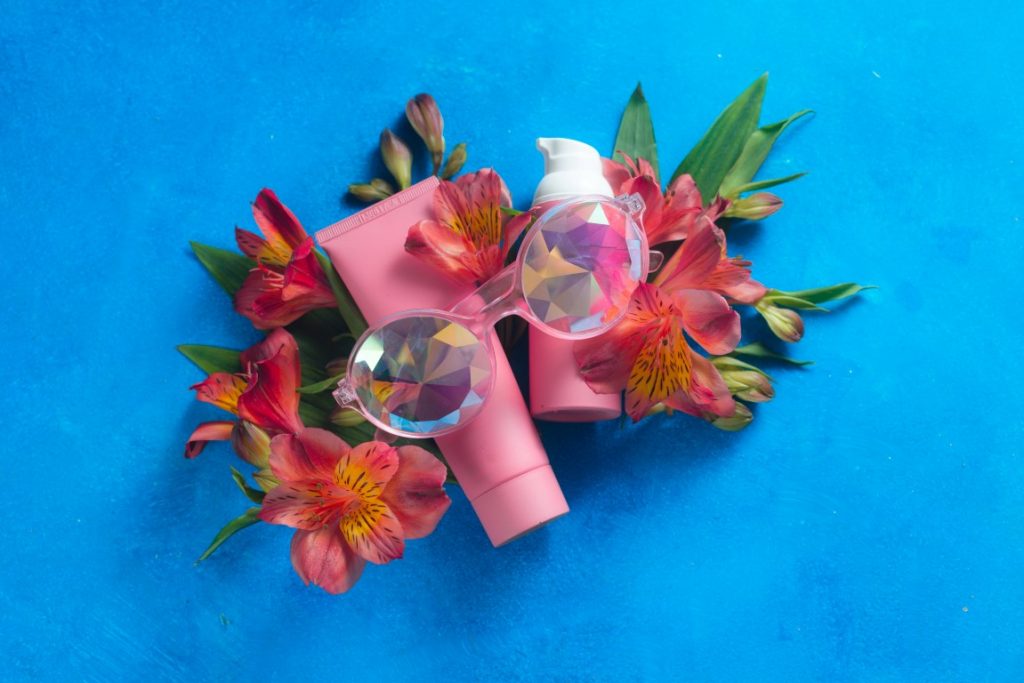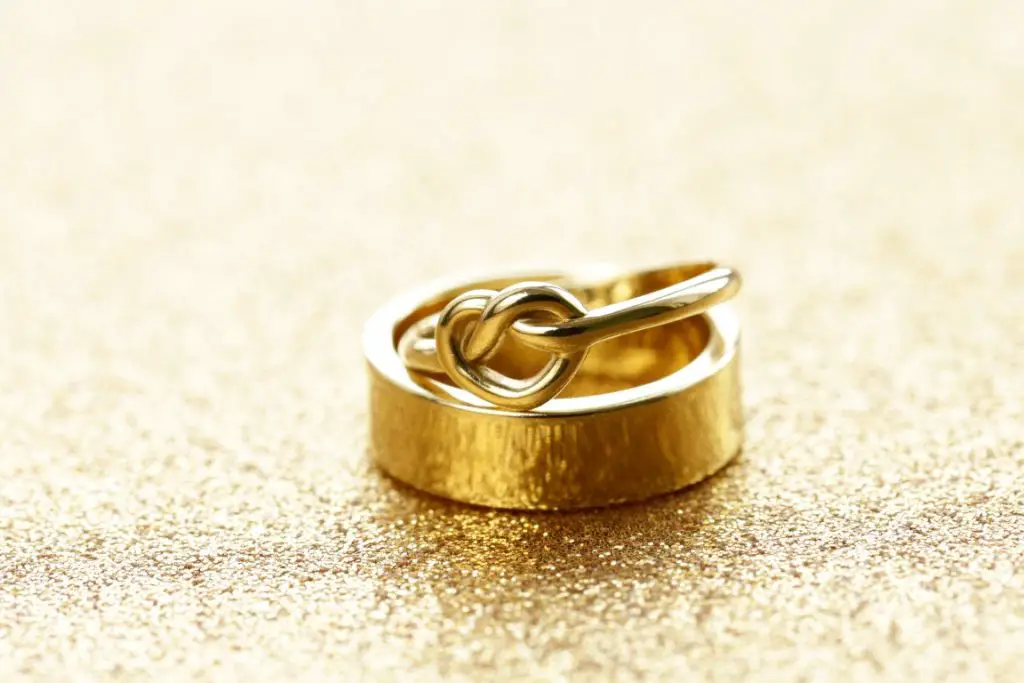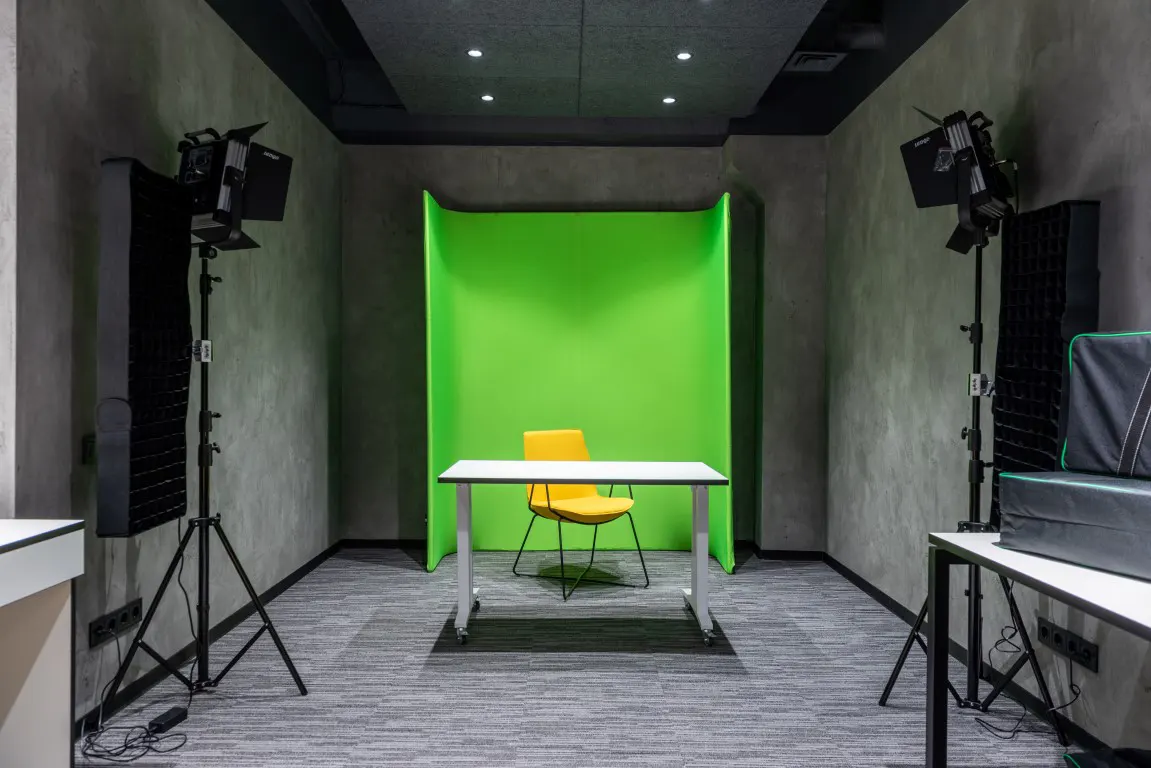
Furniture photography, in particular, poses unique challenges due to the size and complexity of the pieces.
But with the right techniques and tools, these challenges can be overcome to create stunning images that showcase your furniture to its fullest potential.
In this article, I’ll provide a complete guide to furniture photography along with key techniques to achieve furniture photography excellence.
Without further ado, let’s dive in!
What Do You Need to Know about Furniture Photography?
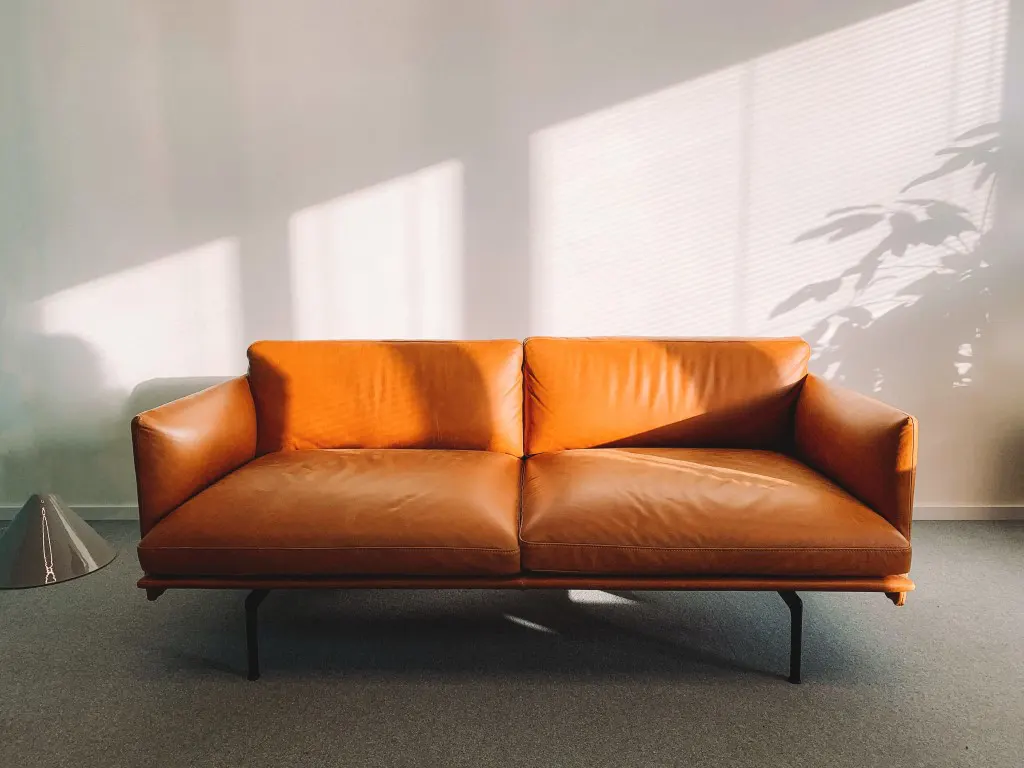
Furniture photography provides customers with an accurate and appealing representation of the furniture, helping them make informed purchasing decisions.
Understanding the importance of lighting and the types of furniture photography is essential for achieving professional results in your furniture photography.
Lighting is a critical aspect of furniture photography, as it can make or break the final image.
For a comprehensive guide to all lighting options in product photography, be sure to check out our article on product photography lighting.
There are two main types of furniture photography – lifestyle and studio.
Lifestyle furniture photography involves placing the furniture in a real-life setting to demonstrate its functionality and style.
On the other hand, studio furniture photography utilizes controlled lighting in a studio setting to showcase the furniture in its purest form.
Let’s take a deeper look at these two types!
Lifestyle Furniture Photography
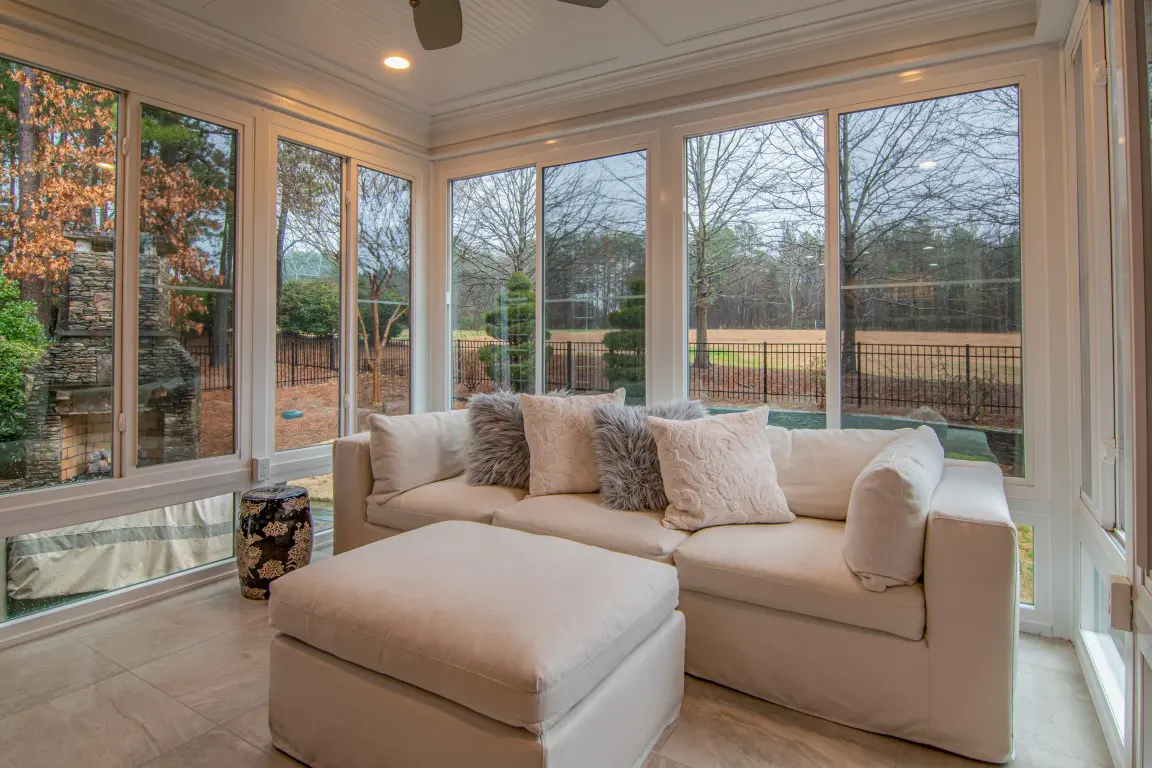
This type of photography allows customers to visualize the furniture in their own homes, providing them with a better understanding of how it will look and feel.
The following tips will help to create visually appealing lifestyle settings;
- Use natural light whenever possible
- Choose neutral background colors that complement the furniture
- Add complementary accessories to enhance the final image
- Showcase the furniture in context to help customers see how it will fit into their lifestyles
- Pay attention to lighting, composition, and angles
- Experiment with different perspectives and angles to find the most appealing composition
Incorporating these tips has always led to creating more appealing images that bring my furniture products to life and make them more attractive to customers.
Studio Furniture Photography
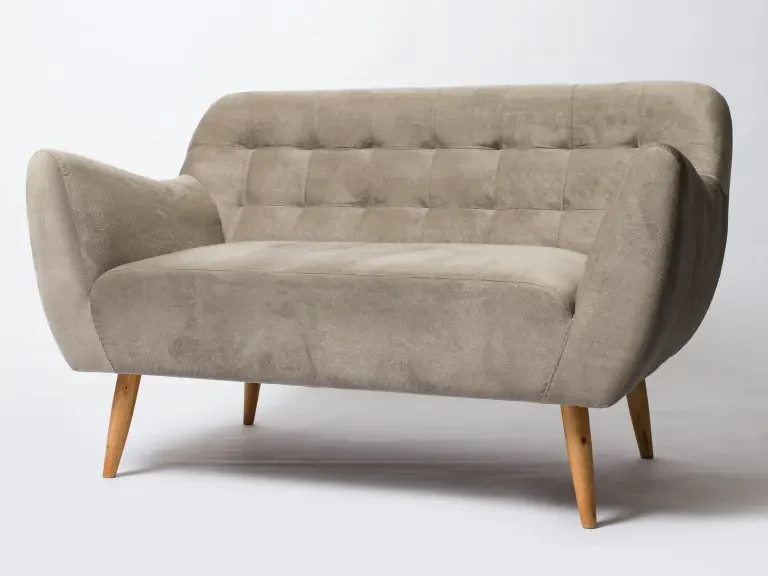
Studio furniture photography is a type of furniture photography that takes place in a controlled environment, such as a photography studio.
The benefits of shooting in a controlled environment can be included the ability to control lighting, background, and other elements.
So, I’ll tell you some tips for creating a visually appealing studio setup:
- Invest in high-quality lighting equipment and accessories
- Use colored backdrops or paper to create a background that complements the furniture
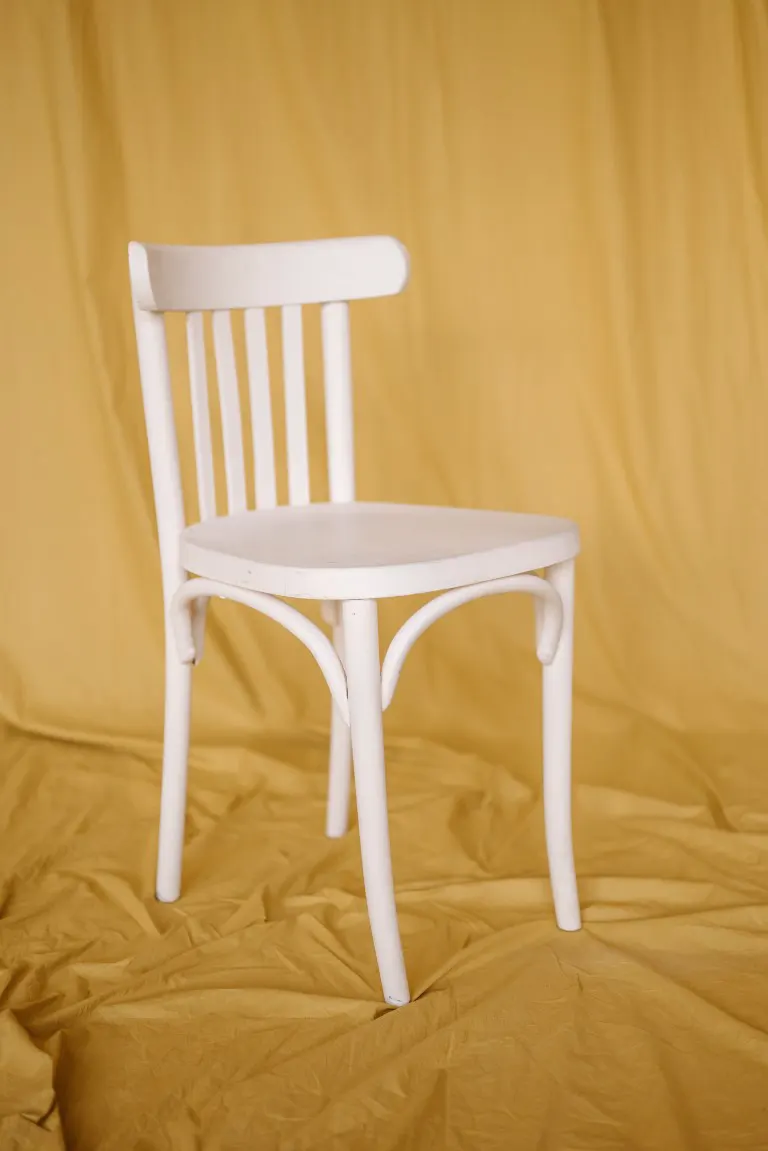
- Experiment with different lighting techniques, such as directional lighting or light bounce, to enhance the final images
- Pay attention to composition, angles, and perspectives
- Use props, such as throw pillows or accessories, to enhance the final image and add context
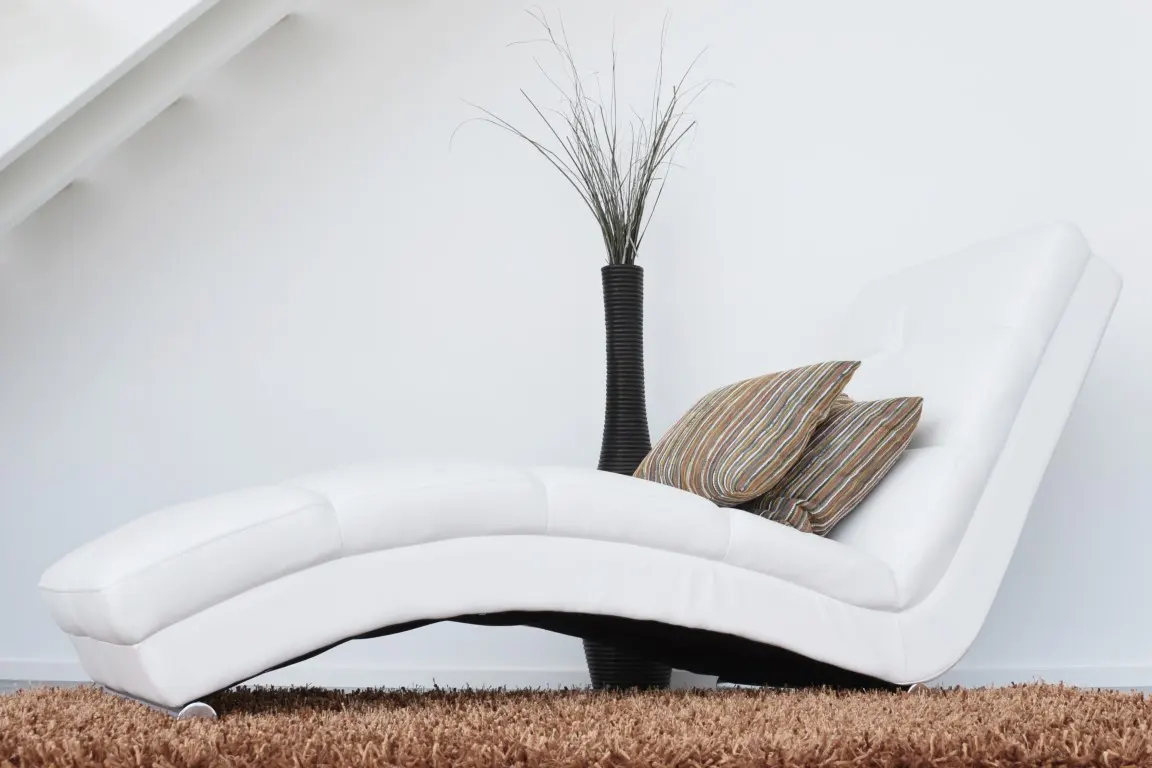
By following these tips, you can create professional-looking images that accurately represent your furniture products and make them more appealing to customers.
With the right techniques and tools, studio furniture photography can be a powerful tool for showcasing your products and driving sales.
You now have enough knowledge about furniture photography styles. Depending on your furniture type and your preferences, you can choose one of these styles for your next photo shoot.
However, it will be a bit of a challenge. So, knowing what challenges you will face will help you get a more attractive furniture photo.
What are those challenges, and how overcome them? Don’t worry, I’ll tell you.
Common Challenges in Furniture Photography
Photographing furniture can be a challenging task, especially when it comes to capturing large pieces, angles, textures, details, and colors accurately.
I follow the tips below to overcome common challenges in furniture photography. You can also give them a try.
- Use a tripod or other stabilizing device to reduce camera shake when photographing large pieces
- Experiment with different angles and perspectives to find the most appealing composition
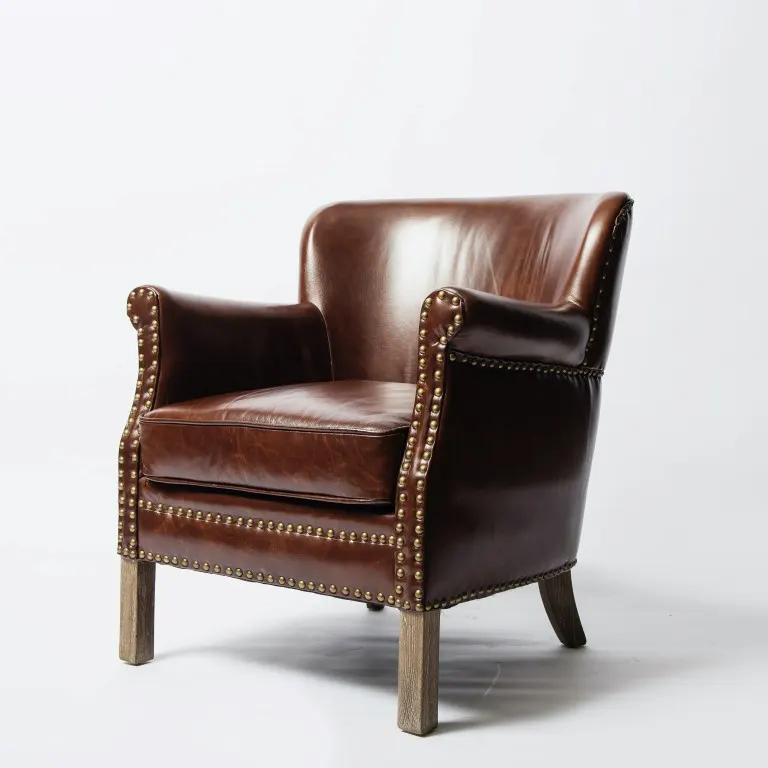
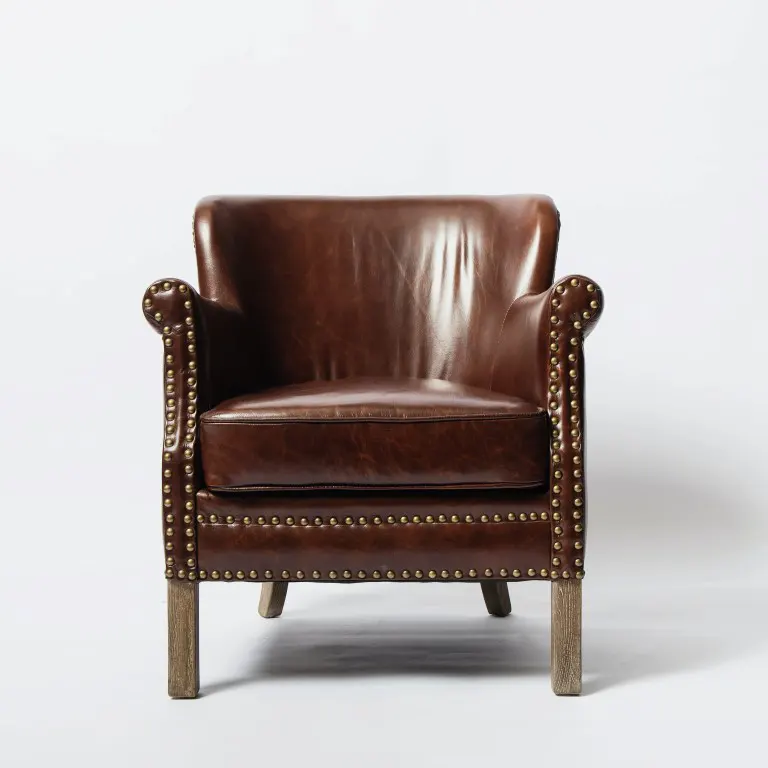
- Use multiple lights to highlight textures, details, and colors, and avoid harsh shadows
- Consider using a color chart or other reference tools to ensure accurate color representation
- Use close-up shots to showcase intricate details and textures
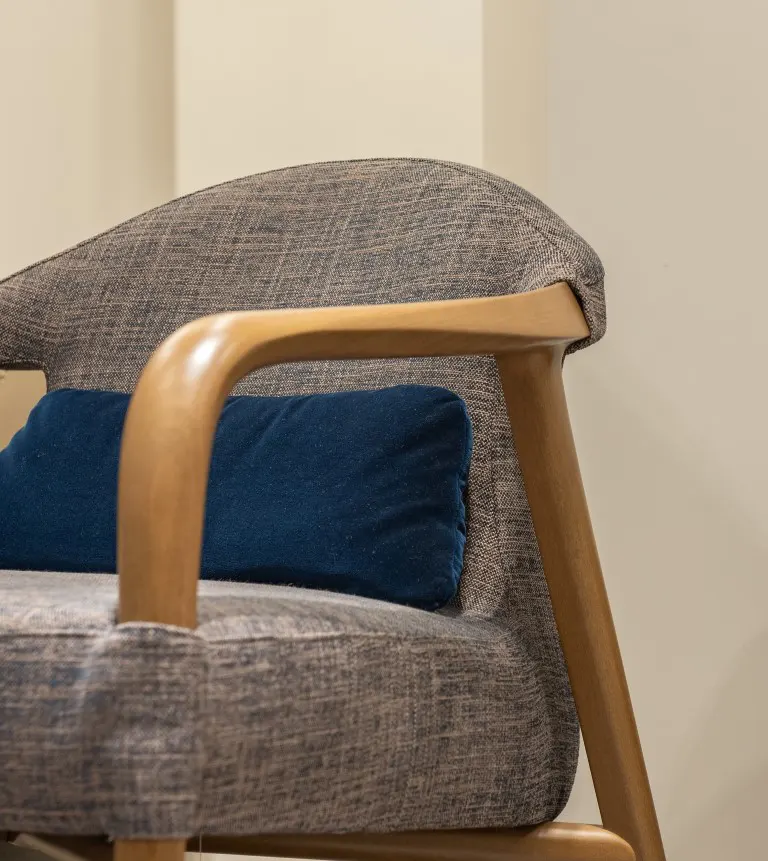
If you follow these tips, I can vouch that you can overcome the common challenges of furniture photography.
It is the way to create images that accurately represent your products and make them more attractive to customers.
Keep in mind, whether you’re working in a studio or on location, understanding the challenges of furniture photography and taking steps to overcome them is crucial for achieving professional results.
Best Practices for Furniture Photography
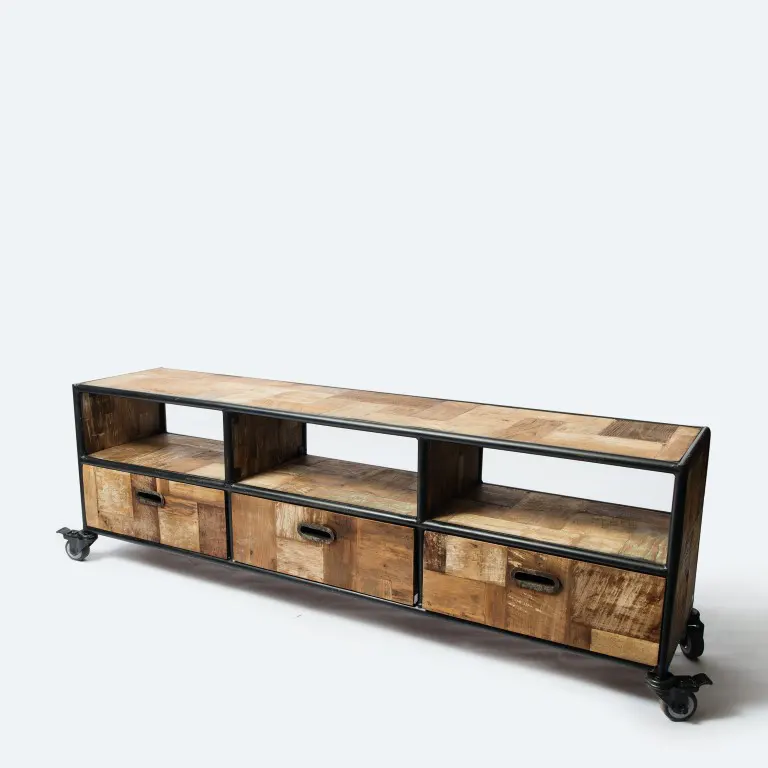
Last but not least, to achieve professional results in furniture photography, it’s important to follow best practices and use high-quality equipment, professional product photographers, and editing software.
Here are some tips to help you get the most out of your furniture photography:
- Invest in high-quality cameras and lenses that are capable of capturing clear, sharp images
- Consider working with a professional product photographer who has the experience and skills to create high-quality images
- Use editing software to enhance your photos and correct any imperfections, such as lighting issues or color correction
- Experiment with different editing techniques, such as cropping, resizing, and retouching, to achieve the desired look and feel of your images
- Consider using post-production tools, such as virtual staging software, to help showcase your furniture in a visually appealing setting
Now you can ensure that your furniture photography is of the highest quality and helps to showcase your products in the best possible light.
Conclusion
In conclusion, furniture photography plays an important role in showcasing your furniture products to potential customers.
From understanding the types of furniture photography styles to overcoming common challenges, this article has covered everything you need to know about achieving professional results.
Remember to follow the best practices and incorporate them into your workflow, which will help you achieve professional results and increase your chances of success.
Justin Parker is a professional photographer and has been in the industry since 2007. He attended the University of Georgia. Justin combines his passion for photography and his interest in writing to give life to this blog which talks about photography in order to help and inspire young photographers.

